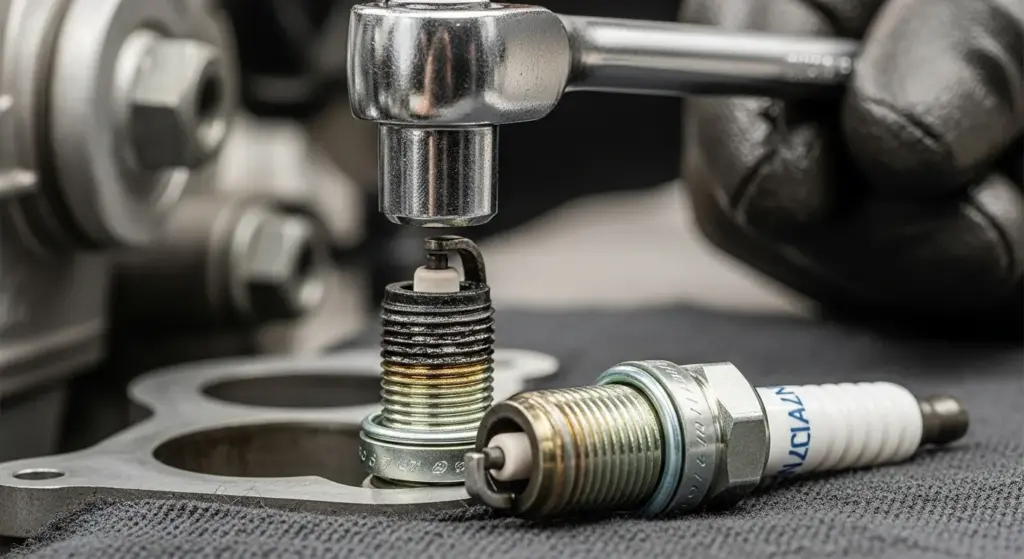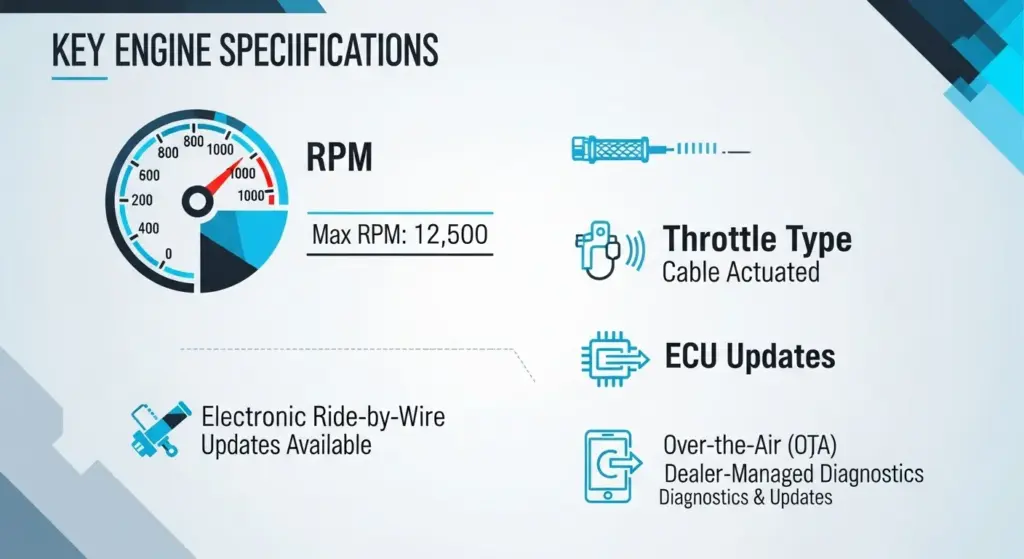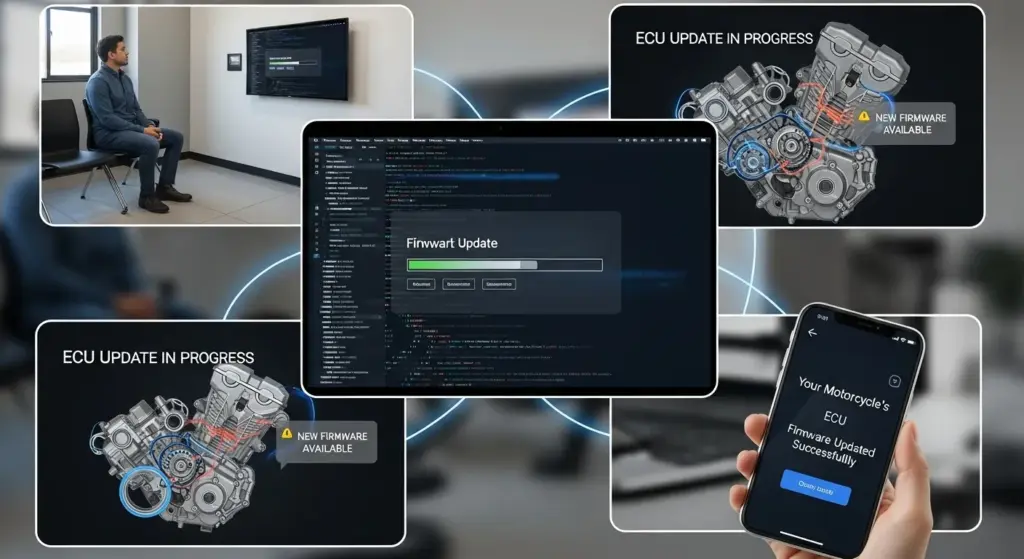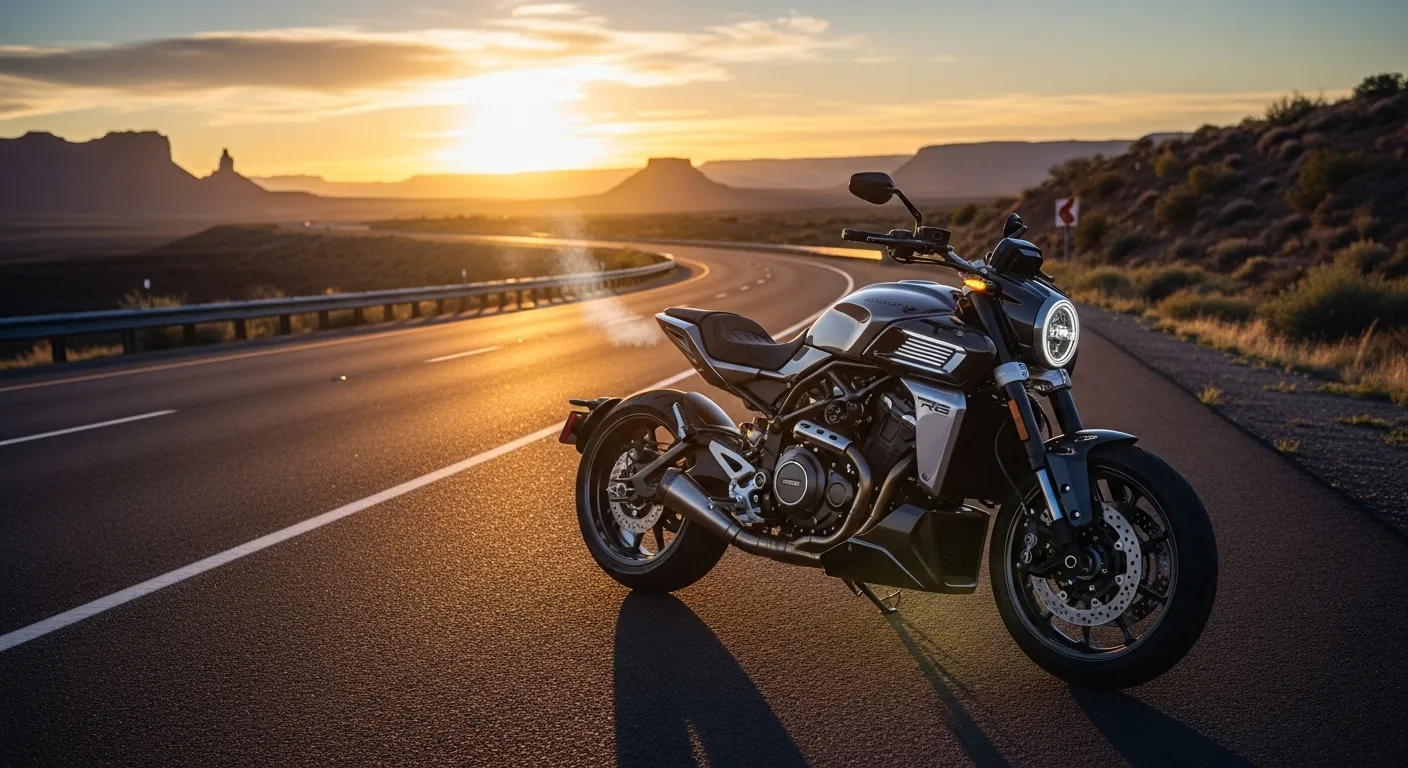If you’re riding your motorcycle in 2025 and suddenly find it idling rough, surging, or stalling at a stop, you’re not alone. With new emission controls, electronics, and even the emergence of electric/hybrid bikes, idling behavior has become trickier to tune—especially across varied climates and fuel qualities in the US. Addressing “motorcycle won’t idle properly” isn’t just a mechanical chore; it’s essential for safety, smooth rides, and preserving your engine over time.
Today’s riders face fresh challenges: ethanol-blended fuels, stricter emissions calibrations, ride-by-wire throttle systems, and the occasional firmware update. Whether you’re commuting in Los Angeles gridlock or carving trails in the Mojave, mastering the idle fixes below can save you from unexpected stalls or jerky starts. Let’s dive into the seven most common fixes riders are relying on in 2025.
Why Modern Bikes Are More Prone to Idle Issues
Riding in 2025, you’ll notice that older tricks don’t always apply. Modern motorcycles increasingly use ride-by-wire systems, electronic throttle control, O2 sensors, and complex emissions hardware. A tolerance that once existed in carburetors or simple throttle cables is tighter now. Combine that with variable ethanol content in pump gas across states, and slight deviations in tuning or sensing can produce rough idling habits.
Also, more manufacturers are issuing over-the-air (OTA) software updates to calibrate fueling or throttle in response to emissions or complaints. Sometimes a “fix” is just a software patch. Riders are now monitoring forums and dealer bulletins for relevant engine-control-unit (ECU) updates.
In short: when your motorcycle won’t idle properly, the cause can be mechanical, electrical, or digital.
If you are interested in knowing about Motorcycle Vibration Issues: Causes & Fixes click and read it.
1. Check the Air Filter & Intake Path

A clogged or overly restrictive air filter still ranks as one of the most frequent culprits. Dust, grit, or debris build-up chokes airflow and upsets the air-fuel mixture. In off-road or dusty environments (like Arizona or Nevada trails), this is even more likely.
Remove, clean (or replace) the air filter, ensure the filter oiling is correct (for foam filters), and inspect all intake boots, clamps, and vacuum lines for leakage or cracks. An unseen leak between the filter box and cylinder can lead to erratic idling.
Real-life tip: On a desert trail, that extra dust can coat internals in minutes. If your bike idles well in the morning but roughens after a dusty run, air filtration is your first suspect.
2. Inspect & Clean Fuel Injectors or Carb Jets

Older bikes with carburetors still rely heavily on pilot jets (idle jets). Dirt or varnish in a tiny jet or passage can upset the idle mixture. For fuel-injected (FI) bikes, dirty injectors can cause intermittent idle fluctuation.
Remove the injectors (if accessible) or jets, clean with safe solvent or ultrasonic cleaner, then reinstall. Also check for blocked fuel lines or clogged fuel filters. If your motorcycle won’t idle properly, injector cleanliness is a key check.
Modern bikes sometimes require a fuel injector “flash” or calibration after cleaning so that the ECU adjusts trim properly.
3. Confirm Throttle Position Sensor (TPS) / Ride-By-Wire Calibration

On newer bikes, the throttle body often includes a TPS or position sensor. If that sensor drifts or is misaligned, the ECU may misread how far the throttle is open—even when the grip is closed. That misreading can cause the engine to hunt or surge at idle.
Using a diagnostic tool or dealer scanner, check TPS voltage vs. manufacturer spec. Recalibrate if needed, or ask for a software update from the dealer. In many cases, riders report smoother idle immediately after TPS re-zeroing.
EFI bikes with ride-by-wire often also store “learned idle” parameters; clearing those and letting the ECU re-learn can help.
It will definitely help you sometimes when your Motorcycle Not Starting: 15 Common Causes And Fixes (Explained) so read it and know about it.
4. Address Vacuum Leaks & Intake Manifold Seals
A vacuum leak is a stealthy enemy. Even a small crack in an intake manifold boot, a dried-out gasket, or a loose hose can siphon in unmetered air. That causes lean spikes or surging idle.
Carefully inspect all vacuum lines, gaskets, boots, and junctions. Use a spray (starter fluid or carb cleaner) around sealed joints while idling—if the engine speed changes, you found your leak. Replace or reseal as needed.
For older bikes, warped gasket surfaces between carb and manifold may need skim-matching.
5. Verify Idle Screw & Air/Fuel Adjustment (for Carb Bikes)
If your bike still has a manual idle screw or mixture adjustment, small tweaks can make a big difference. When bikes sit, vibration or thermal cycling can cause the idle screw or mixture screw to drift.
Gently fine-tune the idle screw upward or downward (within safe range), adjust mixture screw for smoothness (if available), and monitor RPM stability. Be cautious—too much idle speed can cause overheating or clutch drag; too little, the bike dies under load.
This step is less relevant to pure fuel-injection machines, but useful for retro or earlier models.
6. Check Spark Plugs, Ignition Timing & Coil Health

Weak spark or inconsistent ignition can manifest as idle problems. If the plugs are fouled, gapped incorrectly, or worn, misfires or lean behavior may occur. Ignition coils can degrade, and wiring connections may corrode.
Remove plugs, inspect color and wear, and replace if needed. Use the correct heat range. Check coil resistance and spark output. On modern bikes, confirm ECU-based ignition timing maps don’t conflict with aftermarket parts. A retarded or incorrect timing map can make idling rough.
Take a look at this post if your Motorcycle Backfires: 11 Causes With Fixes (Explained)
7. Seek ECU / Firmware Updates & Relearn Procedures
Because more bikes are software-dependent, a final fix often lies in the ECU firmware. Manufacturers may roll out updates to correct idle maps, throttle smoothing, or emission compliance. Dealers may also clear learned adaptive maps, forcing the bike to relearn idle behavior from scratch.
Check whether your bike’s make/model has a known “idle fix” firmware patch. Ask your dealer for recalls or ECU updates. After updating, give the bike a chance to warm up, idle, and ride for 10–20 minutes so the adaptive map reacclimates.
Spec Table: Modern 2025 Mid-Displacement Bike Example
| Specification | Typical Value / Range | Why It Matters for Idle |
|---|---|---|
| Displacement | 450 cc | Idle behavior is more sensitive at smaller volumes |
| Throttle Type | Ride-by-Wire | TPS calibration is essential |
| Idle RPM Range | ~1,250 – 1,600 rpm | Target window for smooth operation |
| Injector Size | 38–45 lb/hr | Must match fueling demand at idle |
| ECU Map Versions | 2–3 revisions | Firmware patches may alter idle tuning |
| Spark Plug Heat Range | NGK 8–10 (or equivalent) | Helps in stable burn at low rpm |
| Intake Boot Diameter | ~35–38 mm | Larger diameter helps airflow but leaks more critical |
| Vacuum Hose Count | 1–3 lines | More lines = more leak points |

Real-life Impact:
On a daily commuter route through city streets, having a stable idle in the 1,300–1,500 rpm window keeps your bike responsive at lights and smooth off the line. On canyon roads and twisties, a stable low rpm helps you downshift confidently without stalling. For off-road riders, idle stability at low revs helps in technical terrain where you crawl, hop, or modulate throttle constantly.
How This 2025 Trend Compares with Yesterday’s Bikes
Older carbureted bikes (pre-2000s) were far more forgiving. Slight misadjustments in jets or mixture screws would often still leave you with a usable idle. But modern bikes close the tolerance window. Where a carb bike might idle with a ±0.5 screw twist, EFI machines expect near-perfect TPS calibration, leak-free manifold systems, and correctly functioning sensors.
Comparing to rivals, brands like KTM, Honda, Yamaha, or Harley are pushing more advanced ECU features and OTA updates. For instance, some recent Harley engine electronics tweaks have targeted better low-rpm behavior under new emission rules. Updates like these are becoming more common (forums also note surging behavior fixes).
If your older bike idles okay but your new one doesn’t, you’re witnessing how software + electronics redefine basic tuning in 2025.
Latest News & Rider Reports (As of 2025)

- Several riders report that firmware patches released by OEMs (Yamaha, Kawasaki, etc.) in mid-2025 have corrected idle-surging behavior.
- Some dealers now include “idle relearn after service” as part of ECU servicing checks.
- Online rider forums show a spike in posts titled “motorcycle won’t idle properly” right after long summer heat waves, implying thermal expansion/leak issues.
- A few recent motorcycle recall bulletins have cited engine stalling or idle anomalies under certain temperature conditions—these are being tracked by consumer safety groups.
- Early reviews of dual-sport / adventure bikes in 2025 highlight idle stability as a differentiator among competitors, especially for off-road crawling.
These trends reinforce that idling issues aren’t just personal nuisances—they’re becoming design, firmware, and quality control battlegrounds.

Final Thoughts: Who Needs These Fixes & When to Act
If your motorcycle won’t idle properly, start with the basics: intake, fuel, and ignition. If that doesn’t settle the issue, dive into sensors and software. The best riders in 2025 are part mechanic, part firmware detective.
Strengths you’ll gain: a smooth, stall-free ride at lights; better transition from idle to throttle; longer engine life and better low-speed control.
Challenges: some fixes require tools or dealer support (TPS calibration, ECU updates). Some bikes hide injectors behind bodywork. And if there’s a deeper sensor or hardware fault, DIY may not suffice.
If you commute daily, ride in traffic, or do slow-offroad crawling, these fixes are worth learning. If you’re a weekend rider and your idle is only slightly rough, start with simple parts and monitor firmware updates. Either way, mastering how to make your motorcycle idle properly is now part of being a modern rider in 2025.
